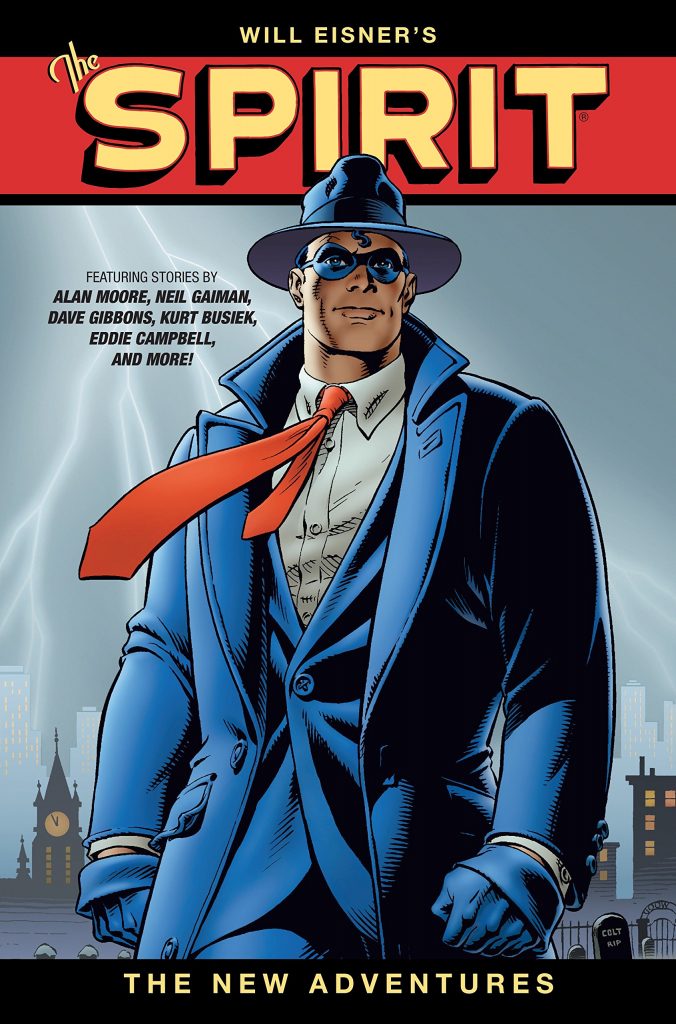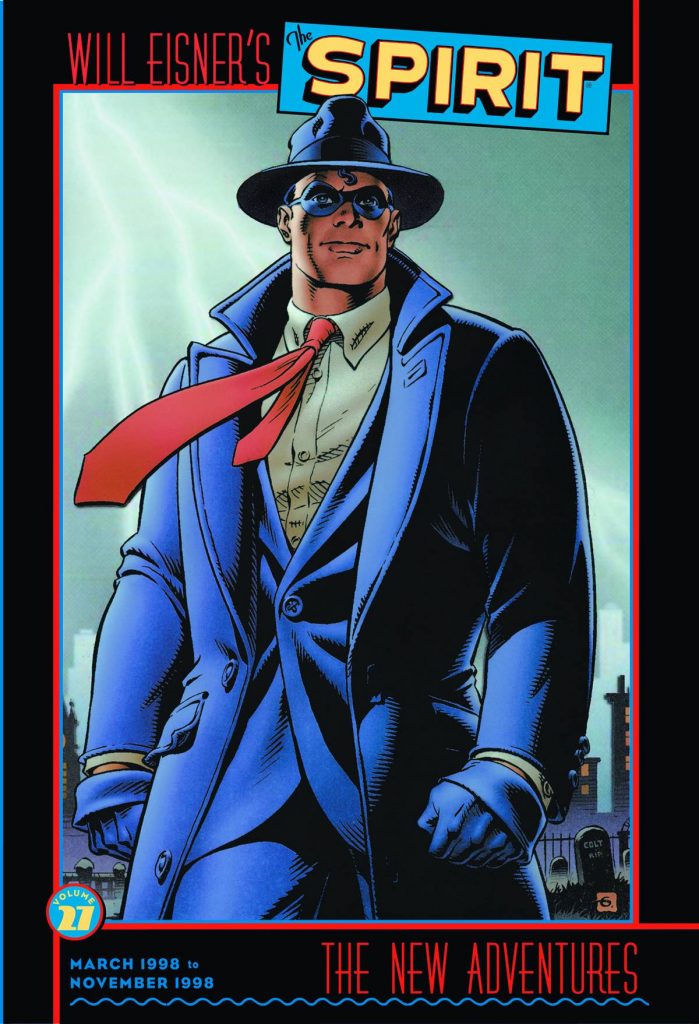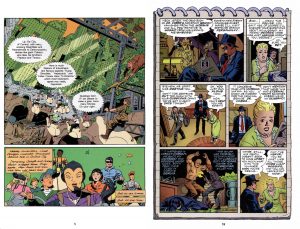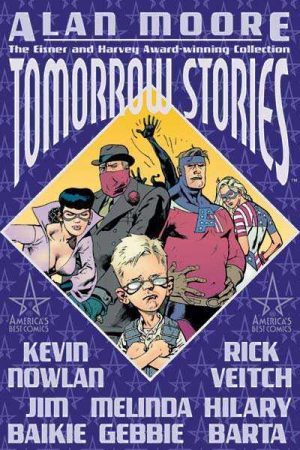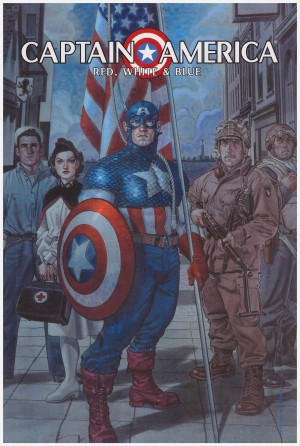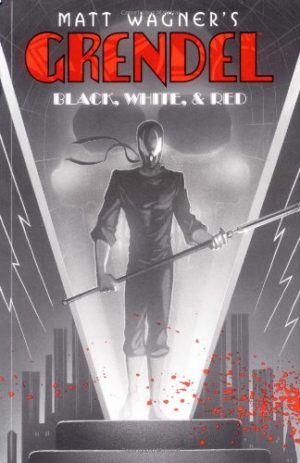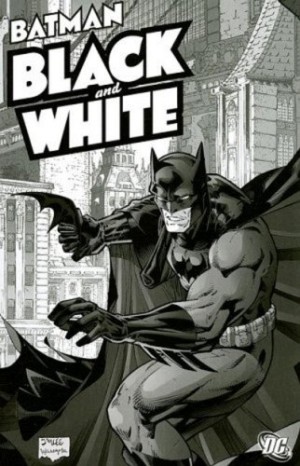Review by Ian Keogh
When originally issued in eight comics, The New Adventures were big news. While Will Eisner contracted other people to work on the Spirit newspaper sections in the 1940s and 1950s, he’d never allowed a new generation of creators to produce original stories. In 1998 opening with three contributions from Alan Moore and Dave Gibbons (sample art left) was one hell of a mighty statement, and Moore writes another tale for Daniel Torres (sample right). Other contributors include Michael Allred, Neil Gaiman, David Lloyd, Paul Pope and John Wagner. However, with the best will in the world, it’s soon obvious that five star creators are limited.
Bo Hampton notably modifies his art to resemble Eisner’s style, but he’s the exception. Some artists draw on Eisner’s vast array of visual techniques, but generally maintain their own approach, which is for the best. Surprisingly, though, Eddie Campbell, Carlos Ezquerra and Lloyd have drawn back from their usual distinctiveness.
Moore’s contributions all tie in with the Spirit’s origin, and the best of them is an imaginative extrapolation of the Spirit’s immortality, showing him in a future spectacularly realised by Torres. Otherwise Moore and Kurt Busiek turn in smart Spirit pastiches, and so does Paul Chadwick in places, but in 25 pages rather then seven, although addresses the elephant in the room by strongly featuring Ebony White. While there’s no reason to produce Spirit stories in seven page increments, too many creators could do with Eisner clipping them around the head telling them to compact the action. Also notable is how most creative teams stick to the single mood, and how few follow Eisner’s example of spotlighting a different character sealing their own fate. Gaiman and Campbell take that approach, but they’re bettered by Wagner and Ezquerra, and Moore makes good use of the unreliable narrator.
What the collection shows more than anything else is the phenomenal standard maintained by Eisner and collaborators in the 1940s and early 1950s, as very little here matches the best of that. Plenty of creators capture the battling Spirit, but little more, and inspiration is so often lacking, even from better known names.
The first edition was designed to resemble DC’s Spirit Archives hardcovers, and slots nicely, if presumptuously, beside them on the shelf. The second is a different design, without a dust jacket.
